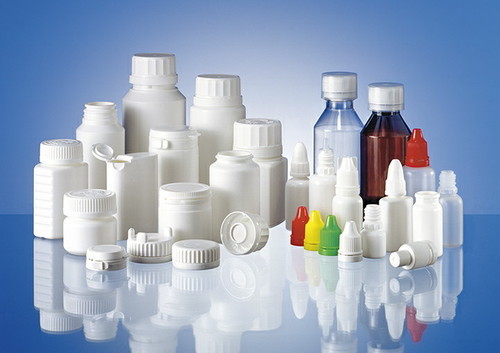One of the most important technologies enabling this progress has been aseptic processing, which uses sterilization methods to package foods without refrigeration while preventing contamination. This article explores the various techniques involved in aseptic processing and how they help satisfy consumers’ desire for safe, shelf-stable foods.
What is Aseptic Processing?
Aseptic processing refers to the sterilization of food products and their containers to eliminate any microorganisms, followed by immediate filling and sealing of the packaging in a sterile environment. The goal is to package foods in a way that prevents post-process contamination so refrigeration is not required. Traditional canning achieves a similar effect through heat sterilization alone, but aseptic processing employs additional steps for greater flexibility and quality.
Sterilization Methods
There are three main sterilization methods used in Aseptic Packaging : thermal sterilization, filtration sterilization, and chemical sterilization. Thermal sterilization is the most common, heating the food or container to temperatures high enough to kill microbes. For liquids, direct steam injection flash heating brings temperatures up to 135°C for 2-5 seconds. Solid foods are often thermally processed in retort pouches using steam or water baths. Filtration sterilization passes liquids through ultra-fine filters to remove all microorganisms. Chemical sterilization involves treating surfaces with sterilizing agents like hydrogen peroxide.
Maintaining Sterility
After sterilization, aseptic systems carefully maintain product and container sterility until packaging. Filling occurs in an airlock sterilized filling tunnel with ISO Class 100,000 or higher standards. Sterile air pressure and tunnel walls sealed with magnetic strips or air curtains prevent microbe entry. Operators and materials pass through sterilized air showers. Automated filling lines complete multiple aseptic tasks in sequence without breaks in sterility. Finally, hermetically-sealed containers ensure long shelf life without refrigeration.
Benefits of Aseptic Processing
The shelf-stable, easy-to-transport products created through aseptic processing offer numerous consumer and business advantages over older preservation methods:
– No Refrigeration Needed: Aseptically packaged foods like soup, juice and milk can sit for months unrefrigerated, expanding accessible .
– Minimal Nutrient Loss: Compared to pasteurization alone, aseptic sterilization causes less heat-induced nutrient degradation and longer retention of vitamins, minerals and flavor compounds.
– Greater Variety: The flexibility of aseptic packaging enables novel products like soup in a bowl or fruit cups with varying formulations.
– Waste Reduction: Products take up less space and have longer dating for less spoiled inventory. Multi-use filling chambers also boost efficiency.
– Global Supply Chains: Unlike perishables, aseptically processed items endure long distribution cycles and international shipments
Quality Assurance in Aseptic Processing
Ensuring consistent quality and safety requires careful monitoring and validation of aseptic techniques. Facilities are rebuilt every 3-5 years to maintain sterility standards. Filling line sterilization is verified through microbiological testing of product samples. Automated monitoring tracks process parameters online for rapid adjustment or shutdown. Environmental and personnel qualification programs prevent microbial entry. Suppliers certify materials sterility through ethylene oxide treatment or gamma irradiation. Traceability systems pinpoint production details in case of issues. Rigorous examination and regulatory audits also help maintain confidence in aseptically processed foods.
Aseptic processing leverages thermal, filtration and chemical sterilization methods to package shelf-stable foods without refrigeration, benefiting both consumers and businesses. By eliminating spoilage microbes then maintaining a sterile environment, it delivers convenience, variety and waste reduction compared to older preservation techniques. With validation through ongoing quality assurance measures, aseptically processed products continue enabling access to nutritious convenient foods around the world. As technologies advance, the aseptic packaging sector is sure to develop even more innovative solutions expanding the shelf life of perishable goods.
Note:
1. Source: Coherent Market Insights, Public sources, Desk research
2. We have leveraged AI tools to mine information and compile it



